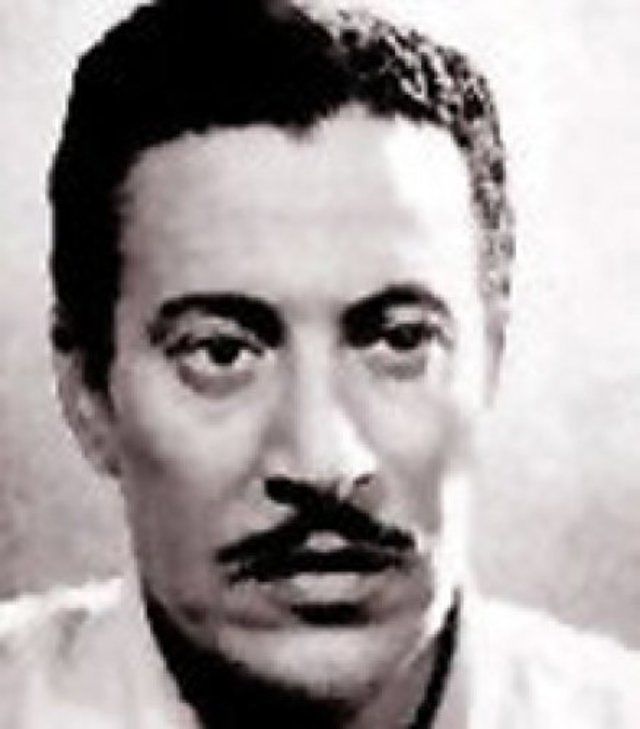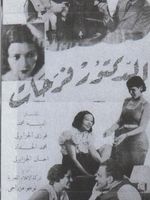A cliché “Time of the Beautiful Art”: Where the medical sector and cinema sector are in continuous contention.
- Article
- 11:32 AM - 19 December 2011
- 1 photo
- By: Follow
-


We all repeat the phrase “The Time of the beautiful art” referring to the oldies, when the movies were still in black and white, referring to the period of Egyptian cinema between the forties and sixties. We say that phrase casually without understanding how the phrase originated. We use it thinking that it means that this era was the only era that produced the best cinema and film making in Egypt. However, that is not entirely true. The use of this phrase, in reality means that this time in Egyptian history was the time where the cinema industry was very active making it the second most important industry in the Egyptian economy after cotton production. The cinema industry was a massive one that was continuously encouraged and stimulated by the state. For every 10 movies one was considered a good film. So if 100 films were produced yearly, that would make 10 good films a year. As of the eighties this level of production demonstrated a severe decline. The total production yearly was 13 movies a year making the amount of good movies a year come down to one movie per year.As for the Clichés of the Egyptian cinema, during the “time of the beautiful art”, there are many to be remembered, especially when it comes to its relationship with certain professions such as doctors and general practitioners. This relationship was conveyed in a very negative way far from reality.One of the most common phrases that were repeated over and over again regardless of the movies and actors was the phrase “We did our best and the rest is up to God”. This phrase was repeatedly used by the doctor on his way out of surgery. Another one was “We had to sacrifice the fetus so the mother can live” during delivery. The relationship between cinema and the medicine profession started with the movie “Dr. Farahat” in 1935 written and directed by Togo Mezragi. Starring Fawzi El Gazayerli, Omneya Mohamed, Ihsan El Gazayerli and (the new face at the time) Taheya Kareoka.The relationship witnessed a further decline when the cinema conveyed a wife’s betrayal through her repeated visits to the dentist or the tailor. Added to that the image they drew in regards to the psychologist where he was continuously portrayed as the nut case especially in Ismail Yassin’s movies. This in turn discouraged people from visiting psychologists. As for chemists and pharmacists, the old cinema did not mention them at all, except maybe in one movie called “Life and Death” where the infamous Hussein Riyad played the role of a pharmacist who wrongly prescribed a poisonous medicine combination and tried throughout the movie to chase after the patient and warn him not to take it.Finally, the nursing profession that was always viewed as no different to a night club dancer, since they both stay out late. Even the dancer sometimes uses the excuse of working as a nurse to stay out late. The impression of the nurse who is always after the doctor and trying to snatch him from his home and wife was a very common one in this era. However, legendary Emad Hamdy represented some examples of the merciful doctor who eventually ends up marrying his nurse.













